We spent a good amount of time walking along the shoreline where we encountered fishermen, other dogs, and many just enjoying a lovely day at the beach. Seaweed lined this portion of the beach and we saw lots of sponges washed ashore as well.
We saw this sailboat at Hurricane Pass. Yikes!
We continued our beach walk to the northern edge of the dog beach (marked by a sign) where the Honeymoon Cafe building can be seen in the distance.
Beach gear can be rented here as well and we saw many families enjoying the beach.
We made our way back to where our car was parked. There are benches set back from the shoreline at various intervals and a wide sandy path from the beach to the parking lot.
Driving north on the island we stopped at the 2nd Honeymoon Cafe. Food can be purchased inside and taken to the tables on the deck. There is also a small gift shop.
Our next stop on the island was to visit the Rotary Centennial Nature Center. Exhibits here provide information about the plants and wildlife on the island as well as the cultural history of the island. In addition to birds, raccoons, gopher tortoises (endangered) and various snakes (including the eastern diamondback rattlesnake).
Below is the skull of a turtle and skeleton of an armadillo. Also shown is a horseshoe crab shell and sponge (right rear).
The first known occupants of the island were the Tocobagan tribe who were wiped out by diseases brought to them by the Europeans (Spanish) in the 1500s. By the 1830s it was known as Sand Island and then by 1880 Hog Island (named after a successful hog farm operation). In 1921 a destructive hurricane, divided the island creating Hurricane Pass and what is now known as Calidesi Island.
The park was named in 1939 when a developer from NY, Clinton Washburn, purchased the island. In collaboration with LIFE Magazine, a contest was held for newly-married couples whereby the winners would stay in a thatched bungalow on the island for two weeks. The name Honeymoon Island stuck and became the official name.
At the rear of the Nature Center is an expansive observation deck providing fantastic views of St. Joseph Sound.
We drove to the northern park of the island to hike the Osprey Trail. It is about 2 miles round trip through a virgin slash pine forest, one of the few remaining in Florida.
About a quarter mile from the start of the trail great horned owls can frequently be seen. This is the only photo I got of one with his back turned to us.
Aptly named, we saw more ospreys here than we have seen in any single location anywhere in the country. They build their nests in pine snags that can be seen along the trail. You will spend most of the time looking up as you walk through this beautiful wooded area of the island.
Living on a diet of fish, the osprey are usually seen high on a perch keeping a sharp eye out for its next meal. We saw this one carrying a fish through the air before landing on this branch to eat it.
Here are a few more shots of this majestic bird of prey.
There is a pair of bald eagles who have built their nest along the trail too. Federal law requires that humans remain at least 300' away from the nest to protect the eagles and their eggs (usually two). Therefore, there is a barrier along the trail but the nest is clearly visible. Both parents share the responsibility of incubation of the clutch and of feeding the eaglets once they hatch.
The nest is in the tree to the left in the photo below. The eagle remained on the branch next to it the entire time we were in the area.
It is always such a treat to see a bald eagle in the wild! Loved it.
We hiked back on the loop trail to the parking area. There is a large picnic area (where we had lunch), playground and restrooms.
We saw many other hikers on the trail, but it did not seem to bother the birds of prey. Unfortunately, we did not see a gopher tortoise (although we have seen many of them here in FL) or a snake (something John is always looking for!) We really enjoyed this trail and highly recommend it for others, especially if you want to bring your dog (leashed, of course). Between the dog beach and the trials, this state park had it all for us!
Nearby are two other state parks, Anclote Key Preserve and Caladesi Island, that also attract shorebirds and boast pristine beaches. We will likely visit them as well during our three month stay in the area.
Admission to Honeymoon Island State Park is $8/vehicle. We purchased an annual pass to Florida State Parks so that gets us in for free. For additional information about the park, check it out at www.floridastateparks.org/park/Honeymoon-Island.

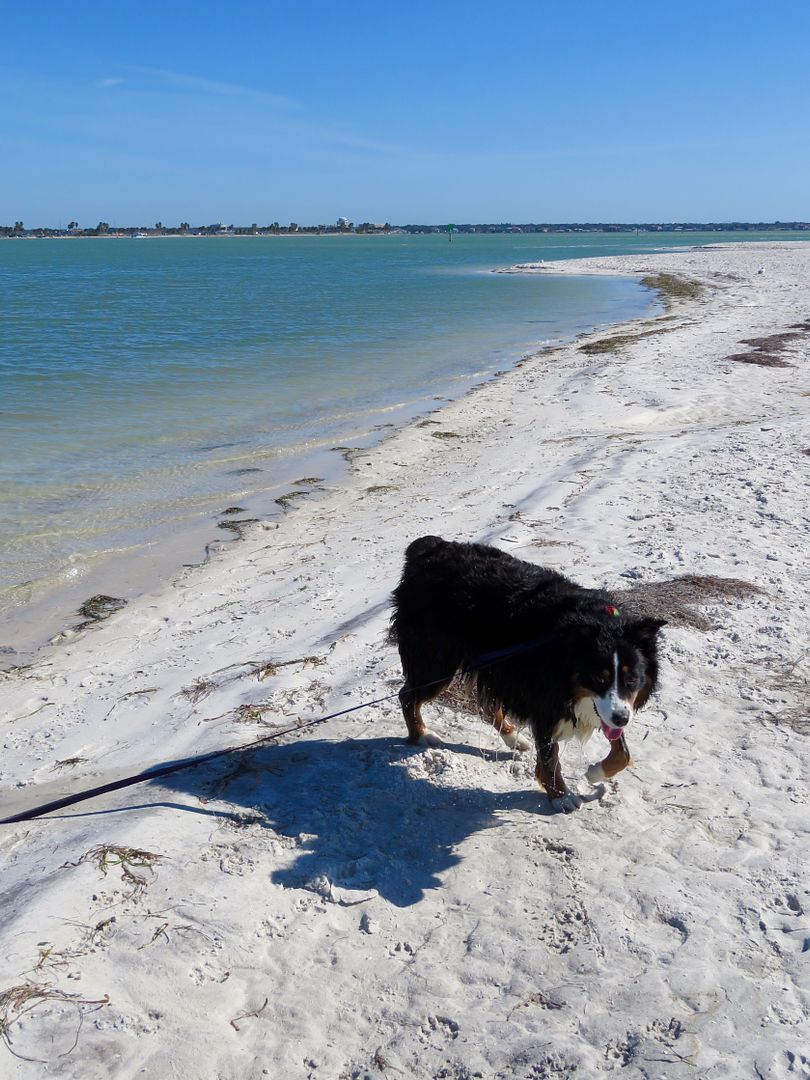

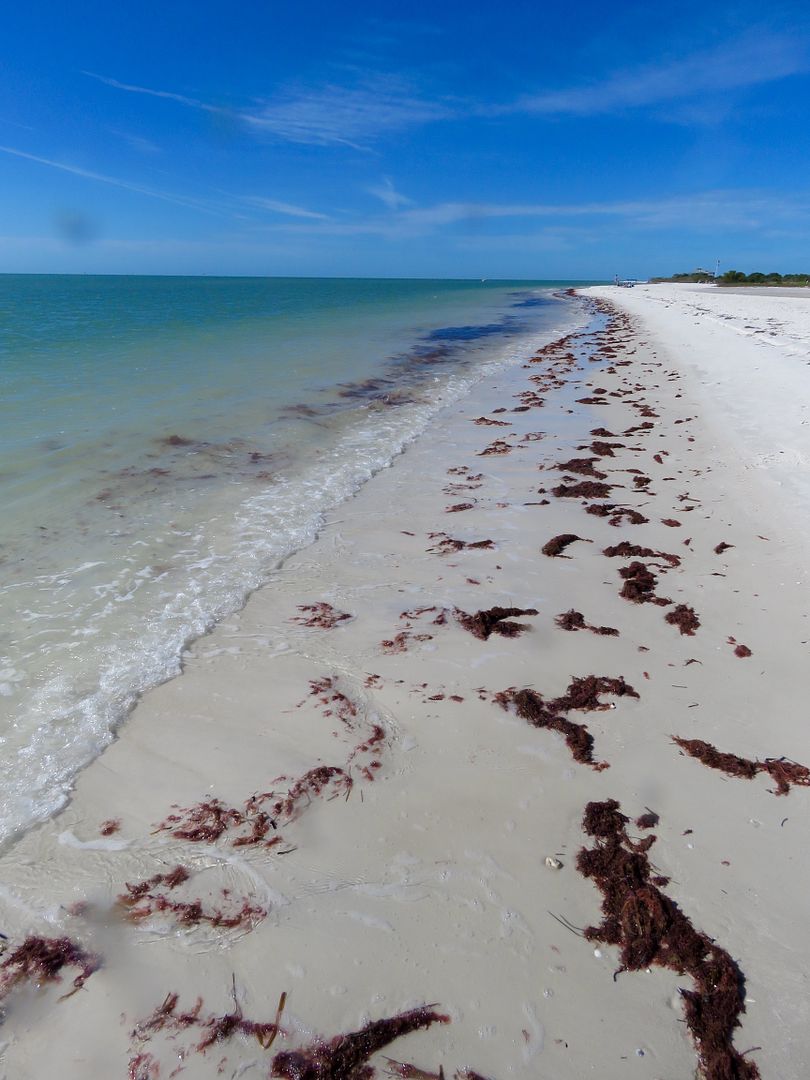
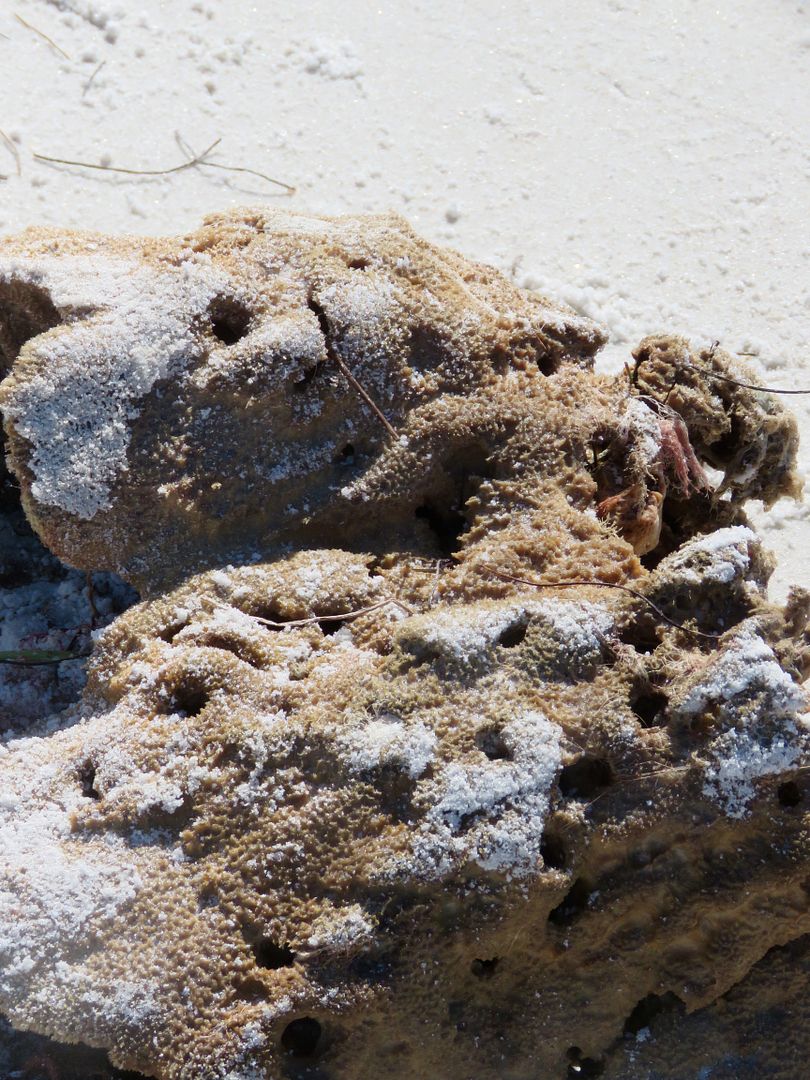
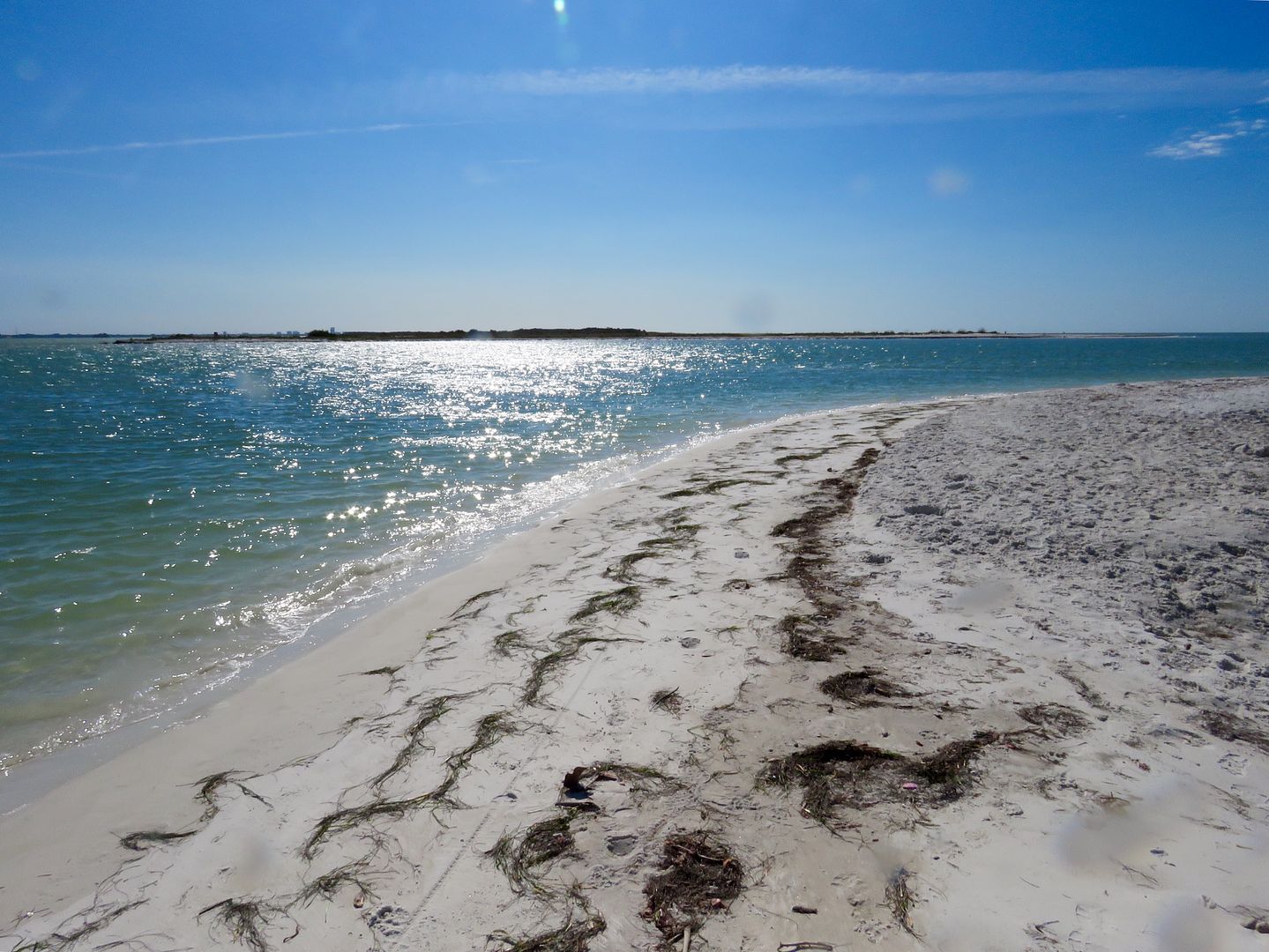

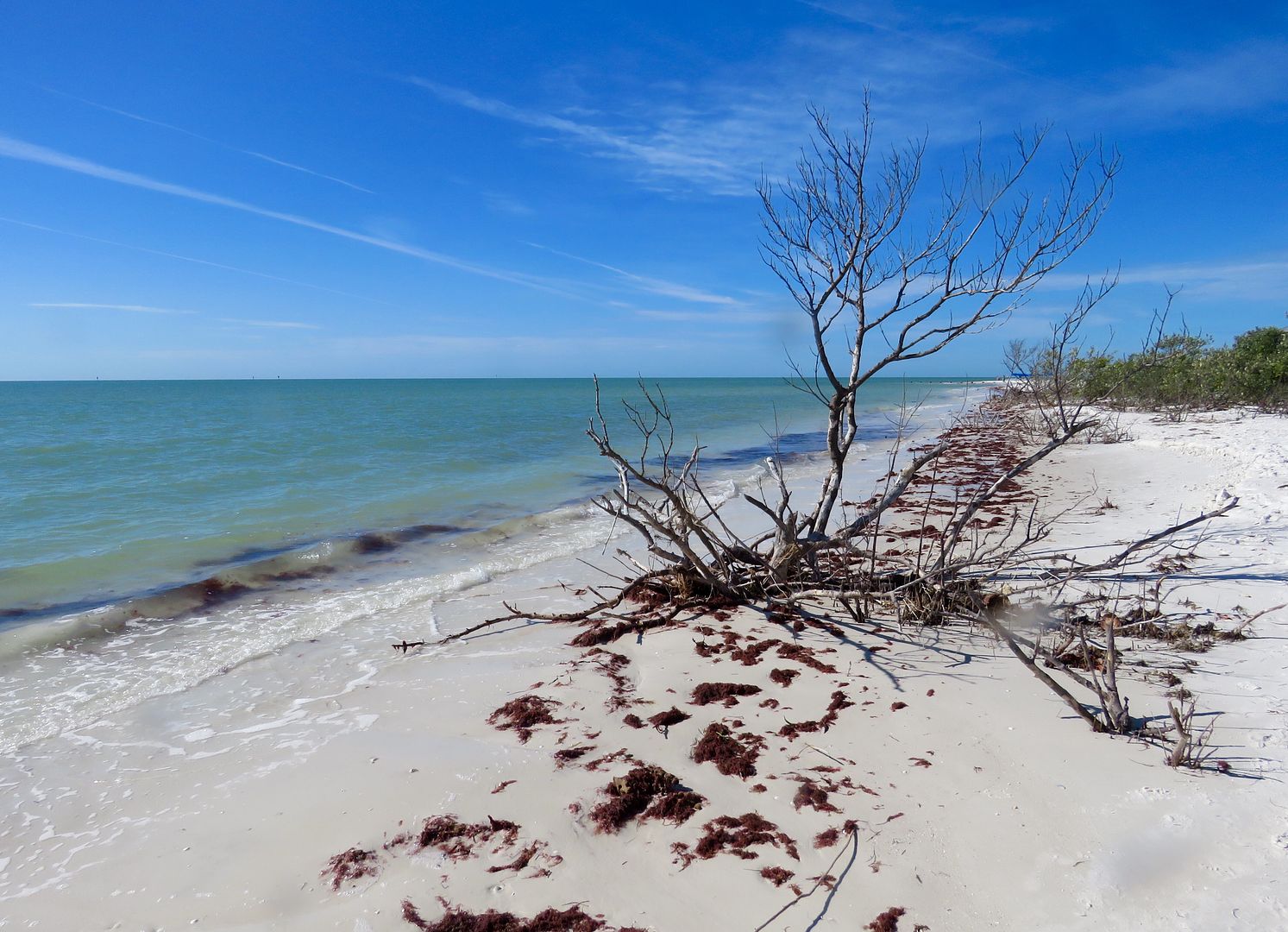

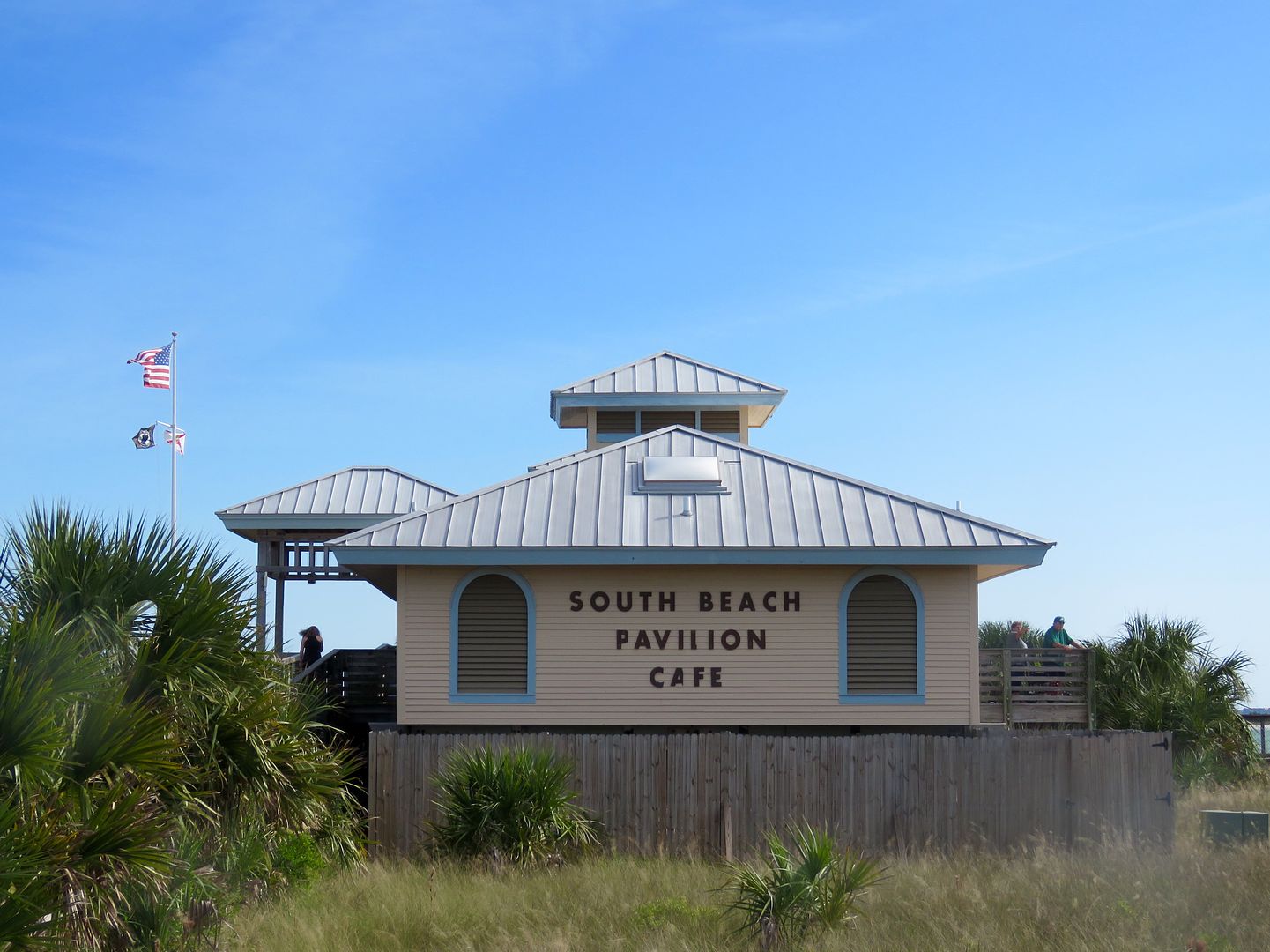
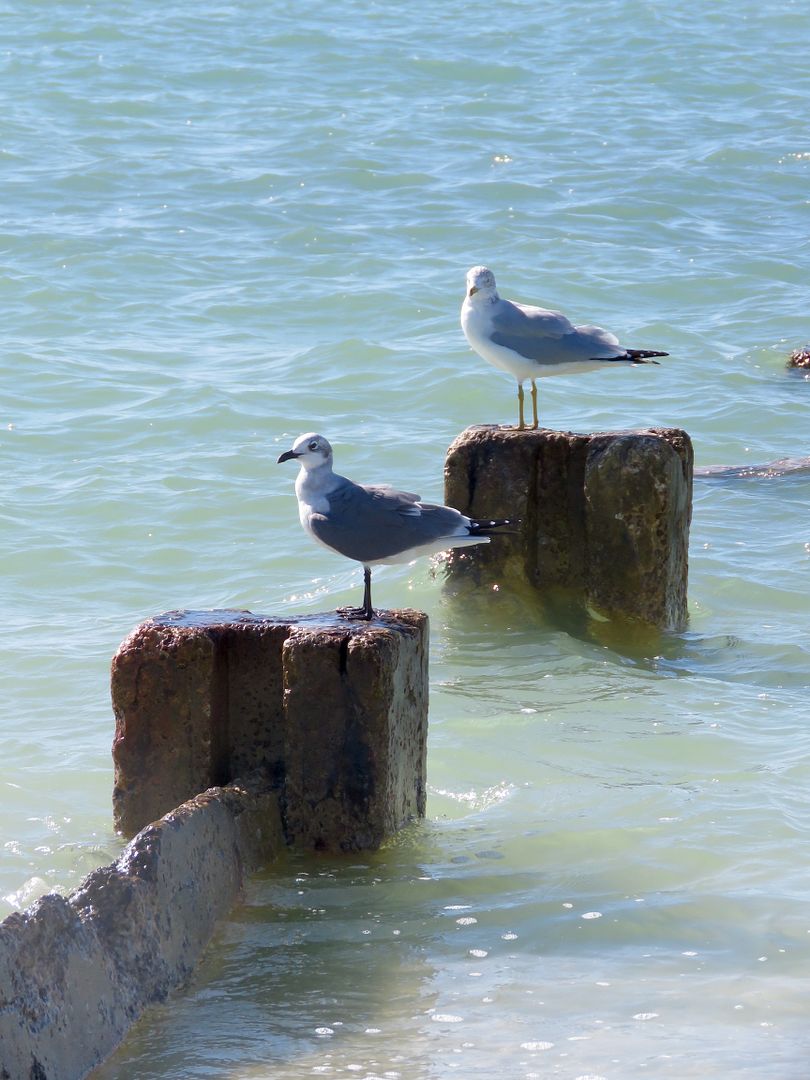
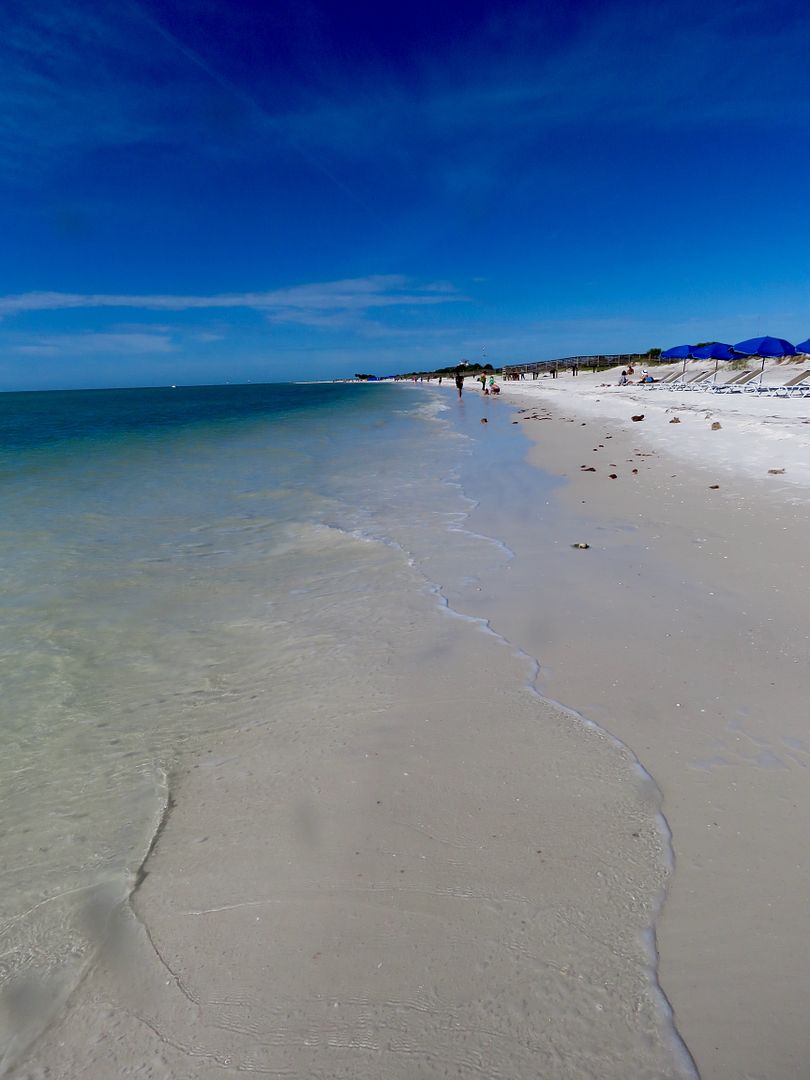
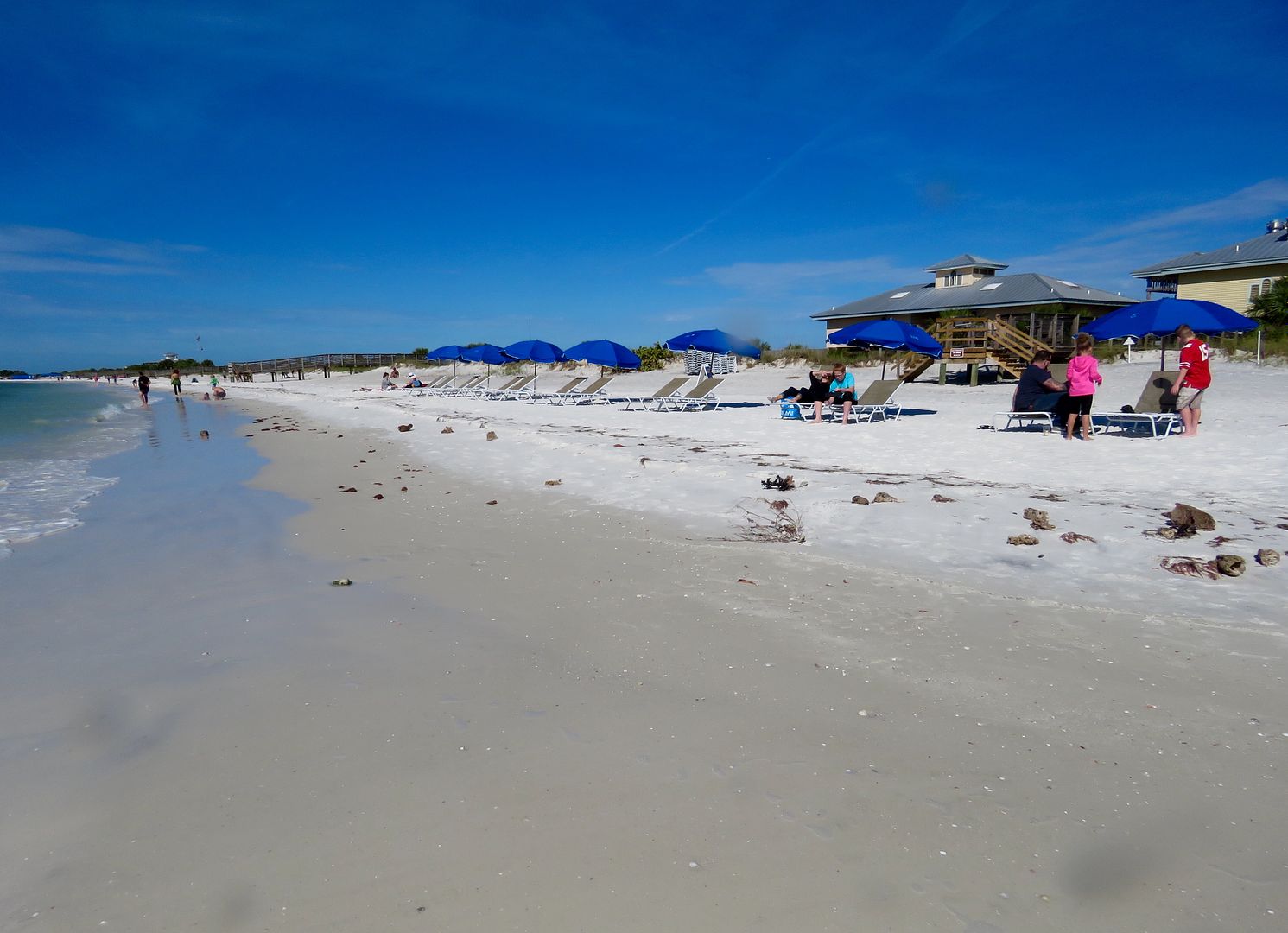


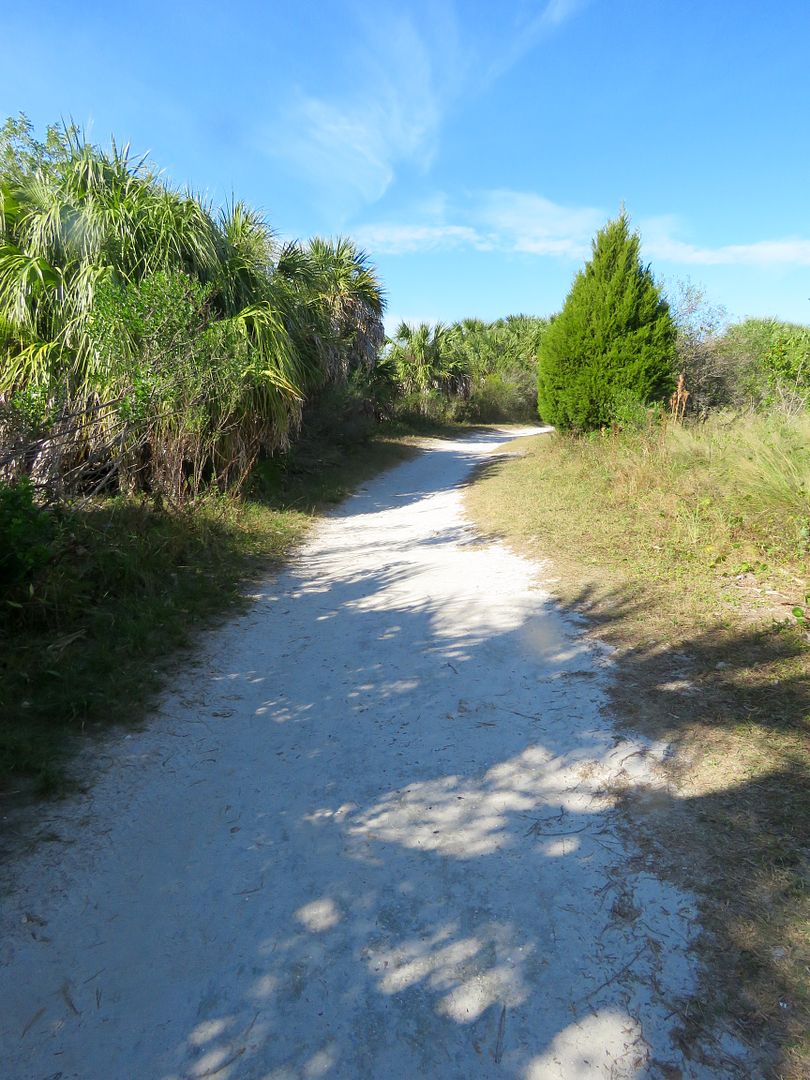

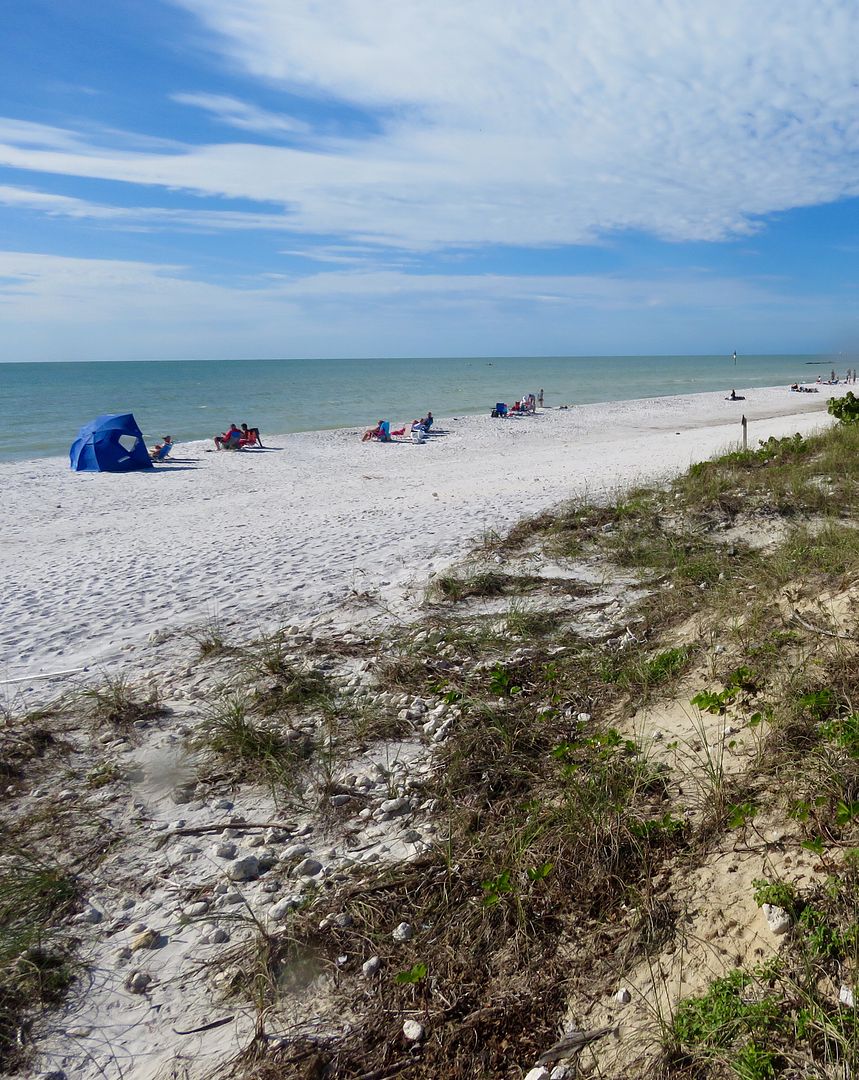
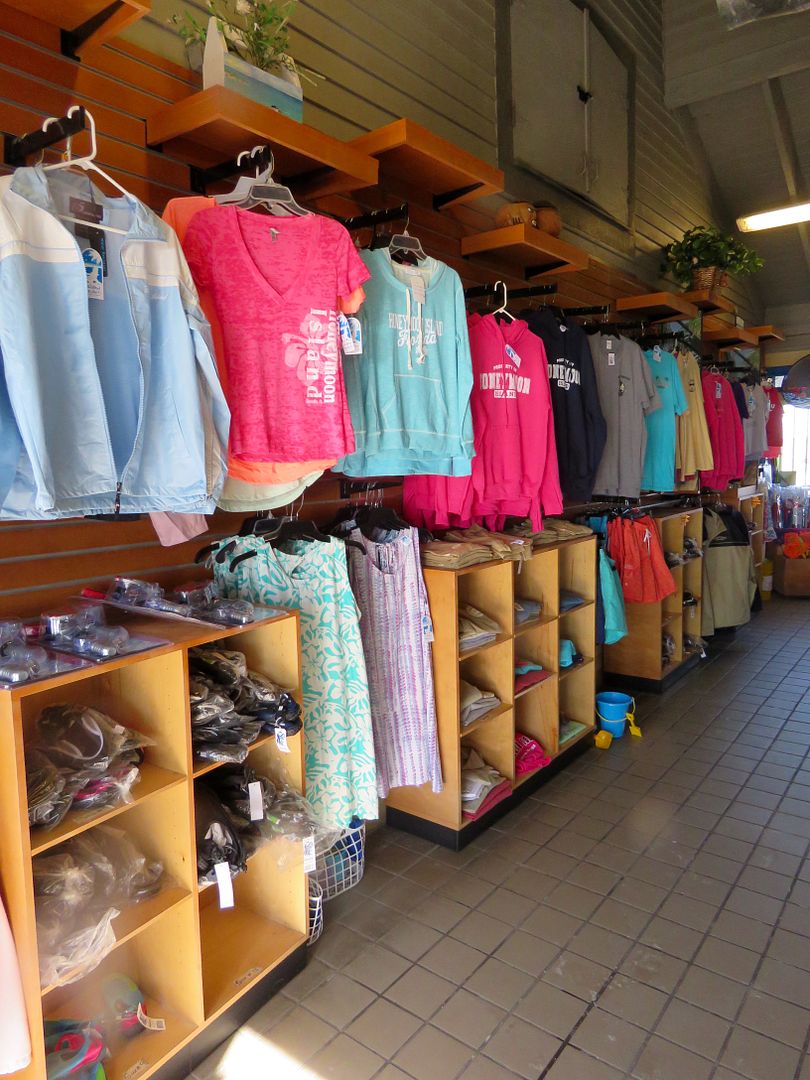
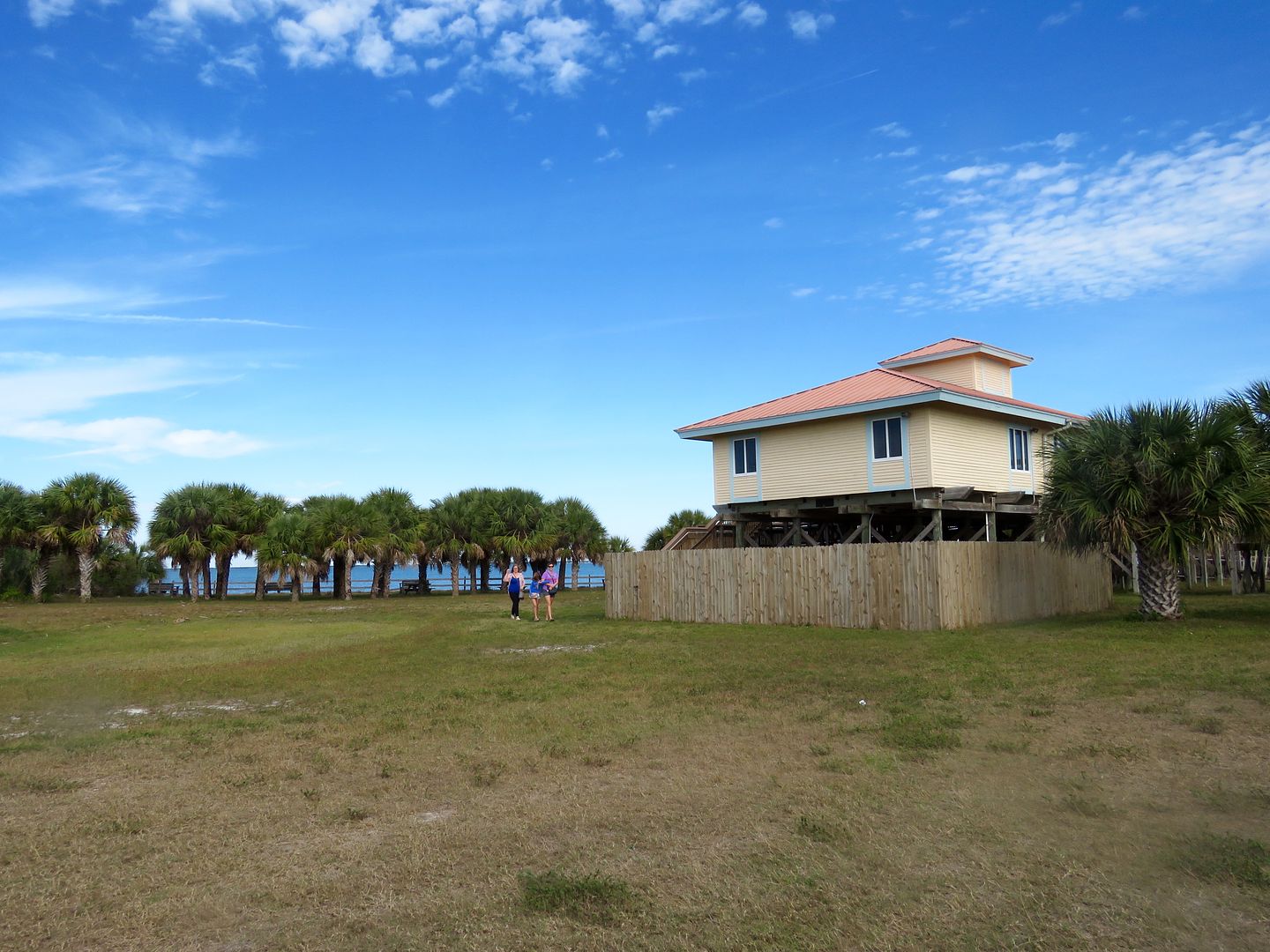

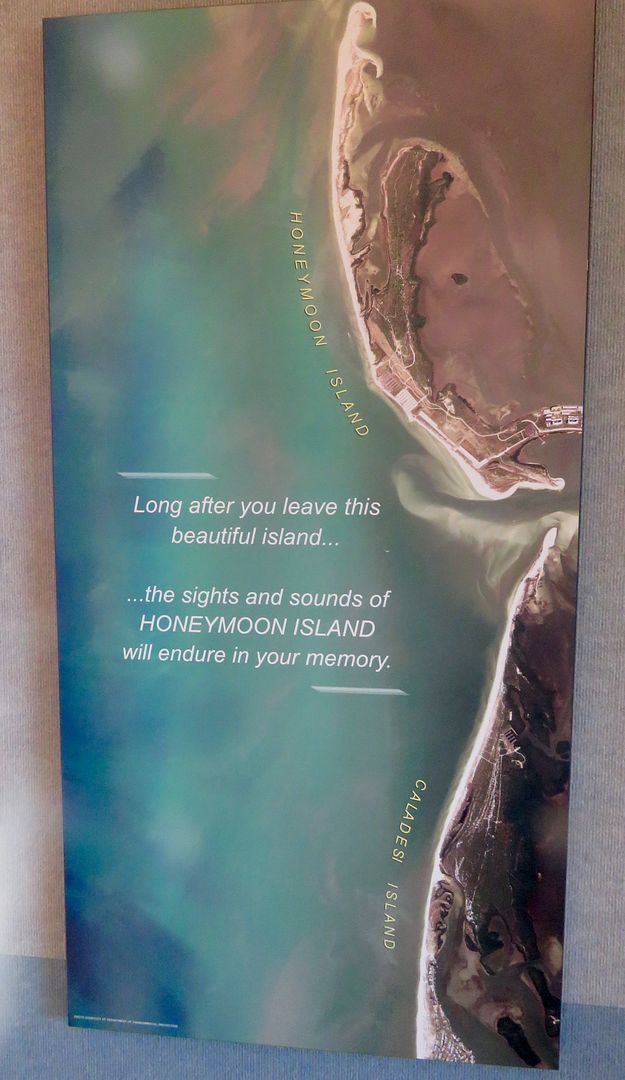

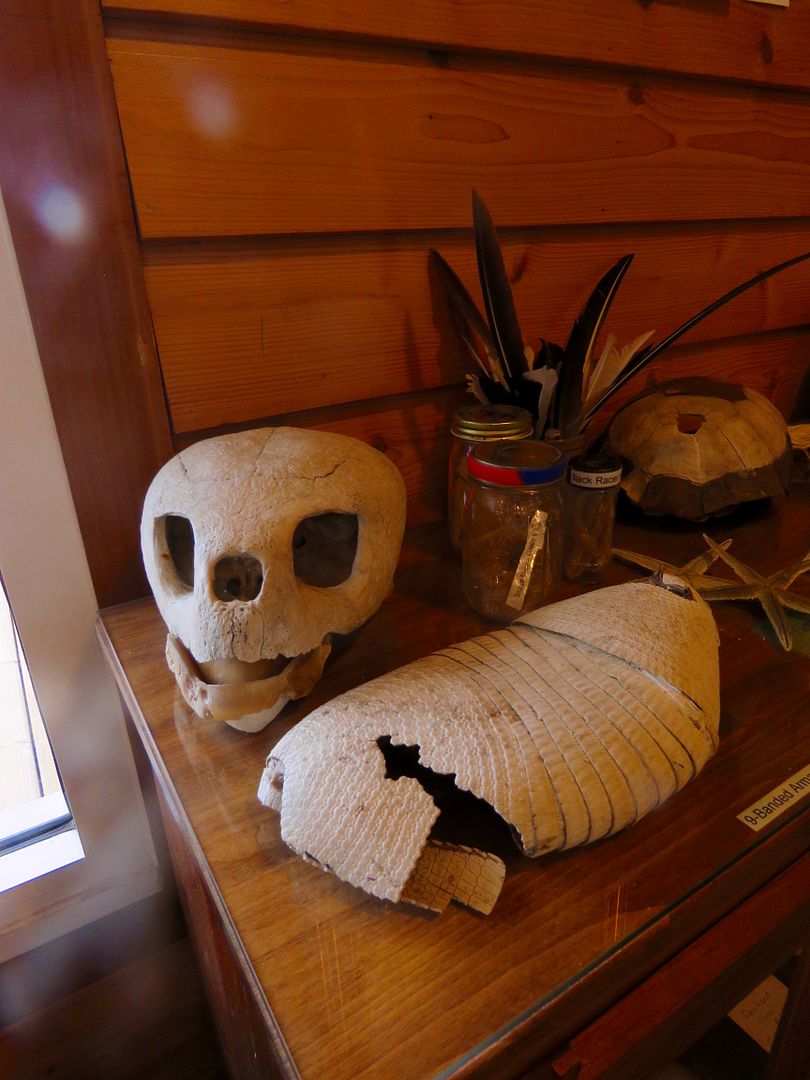
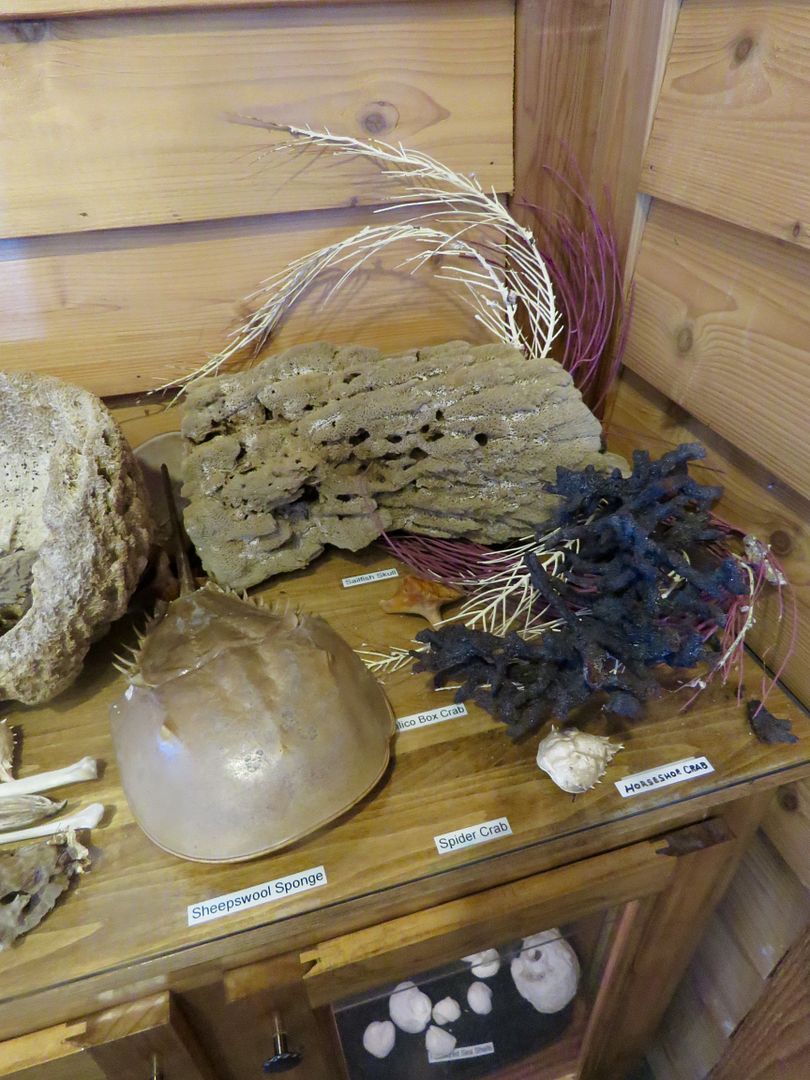
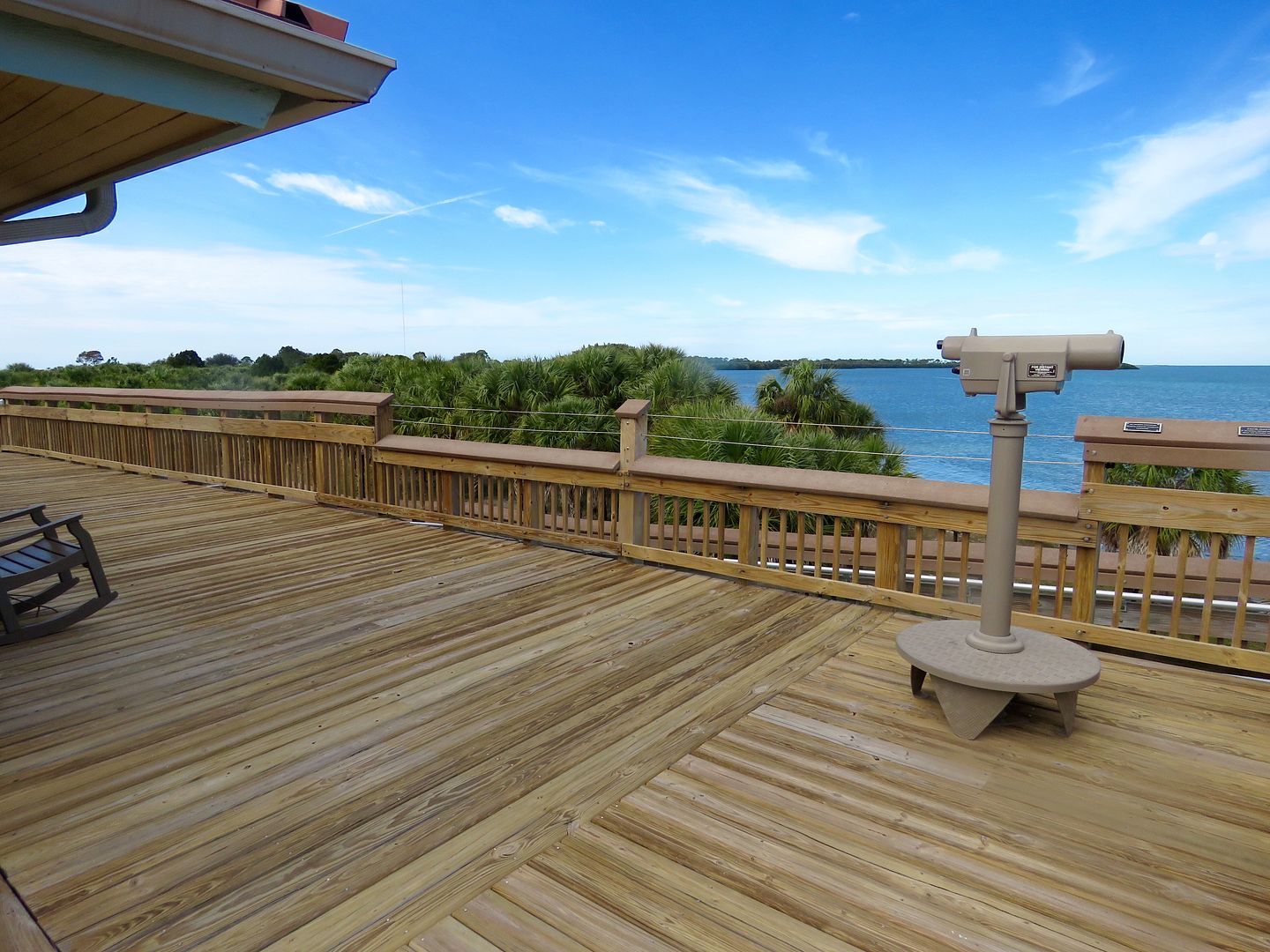
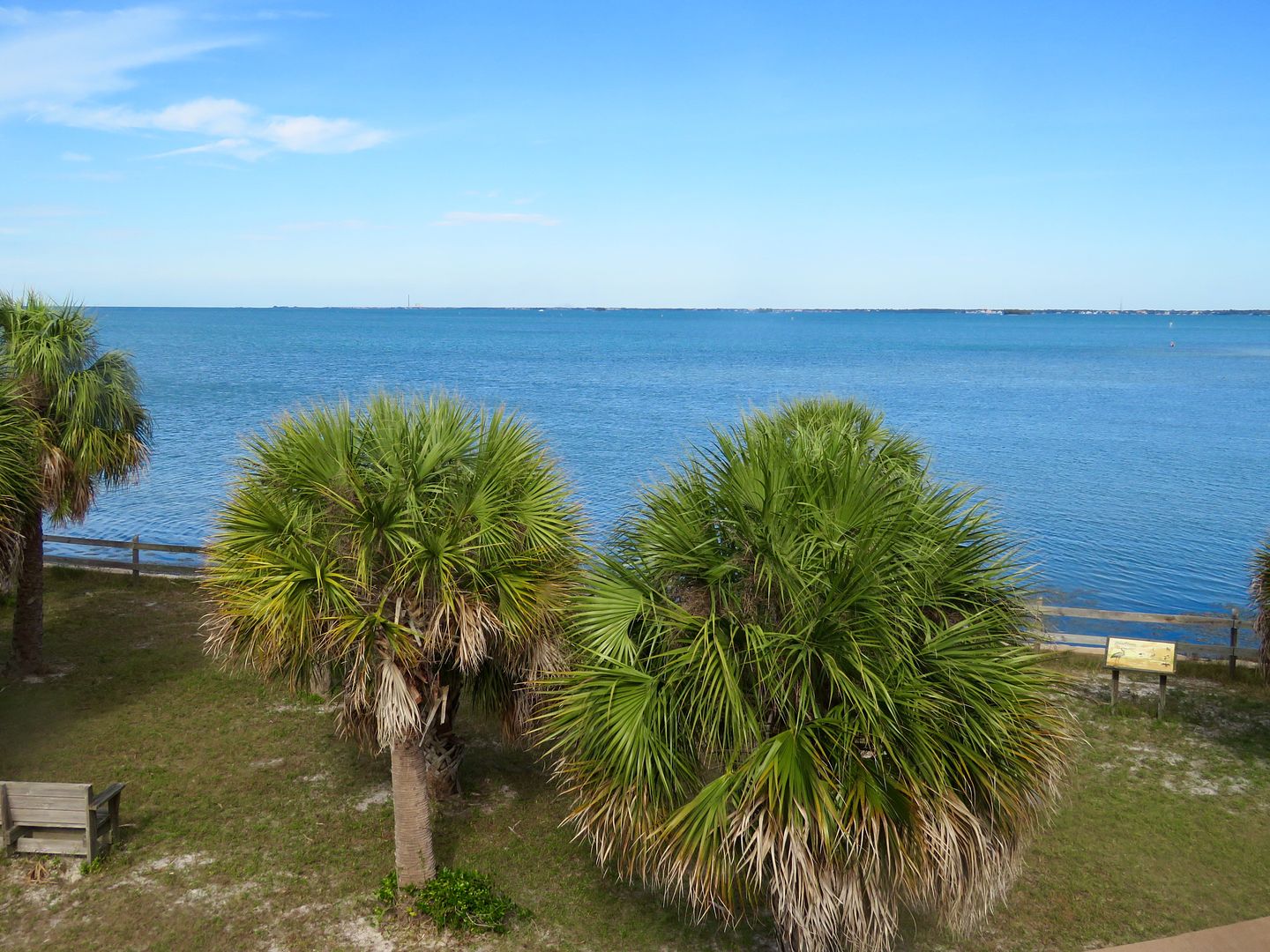
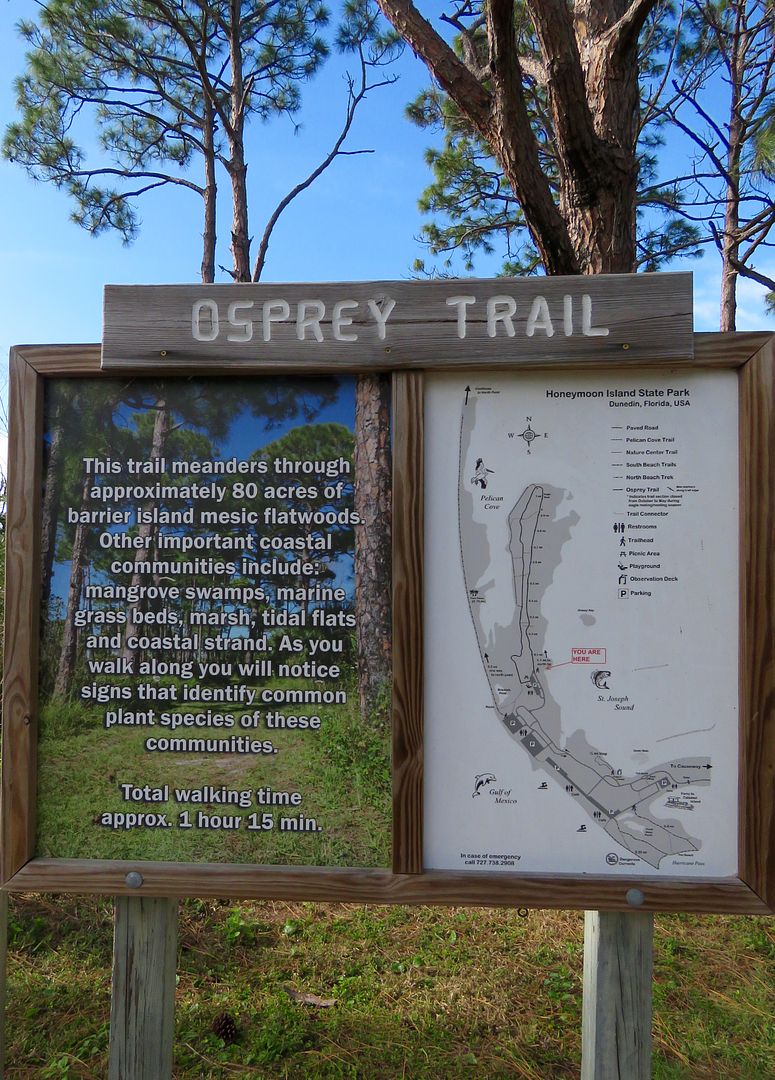
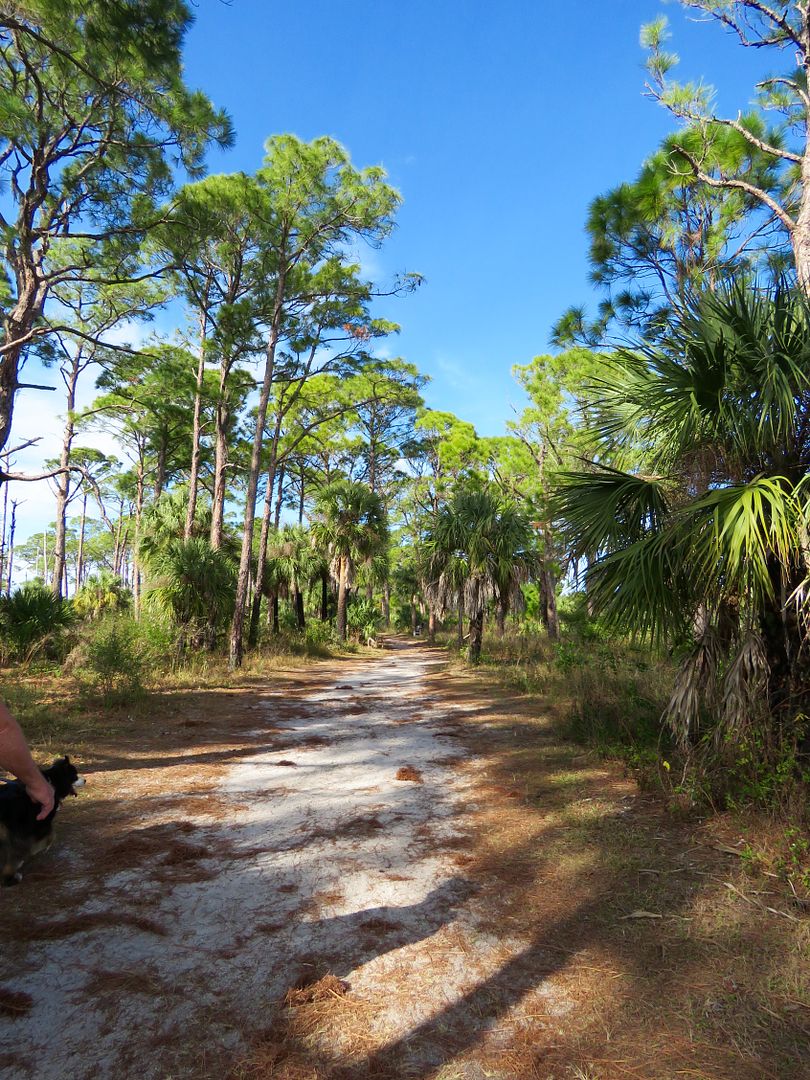
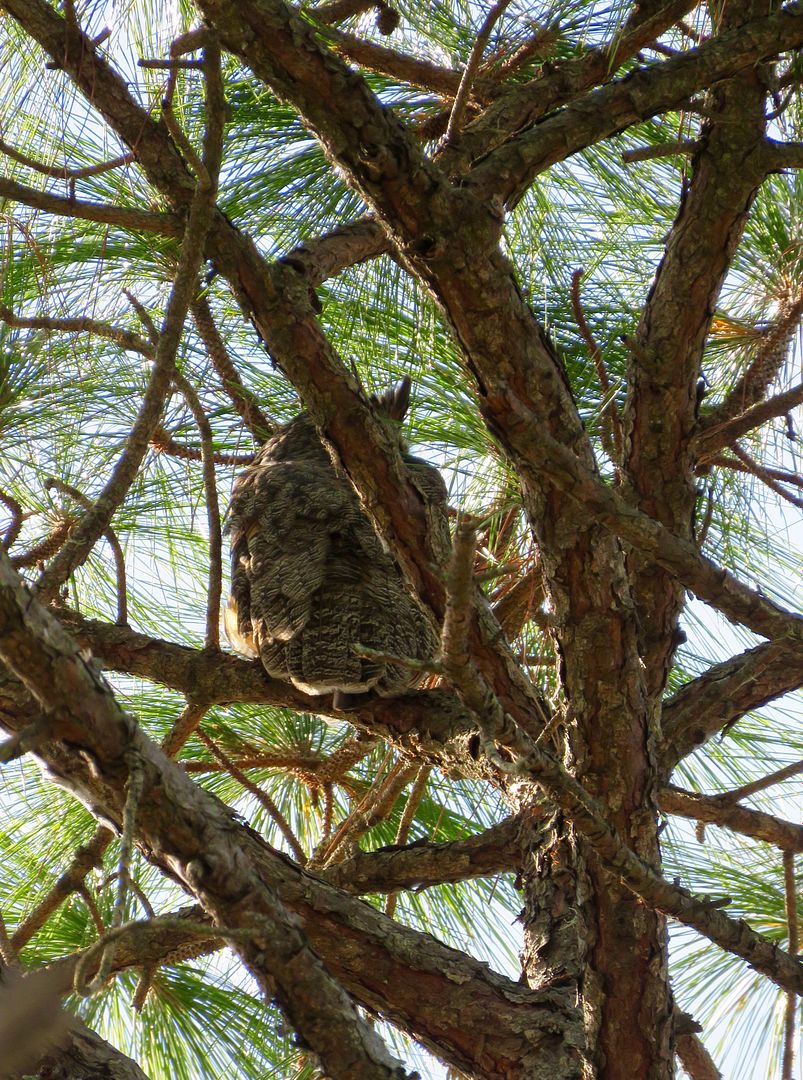
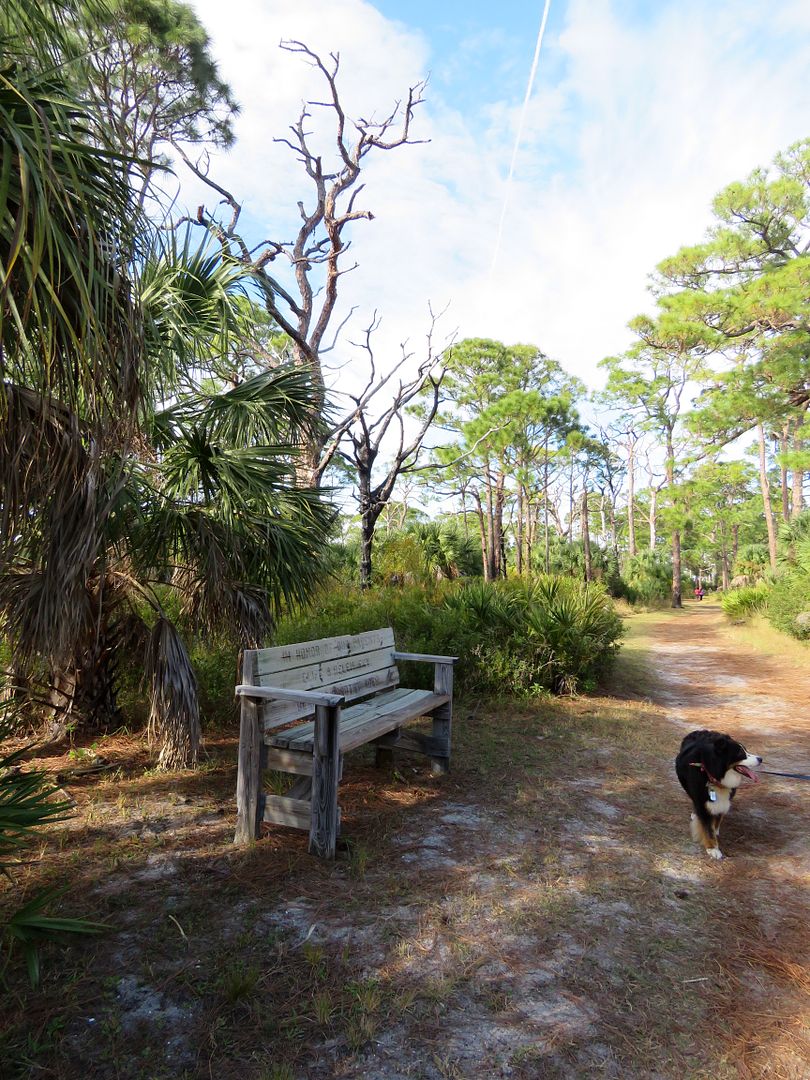
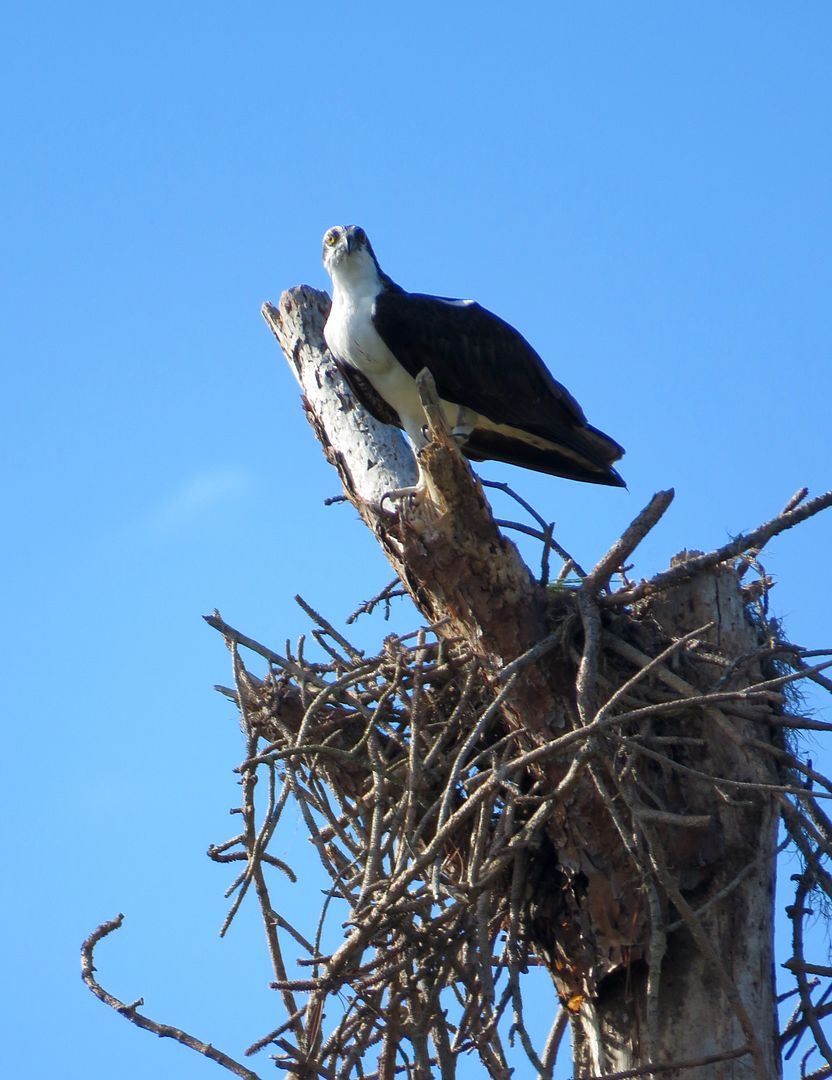
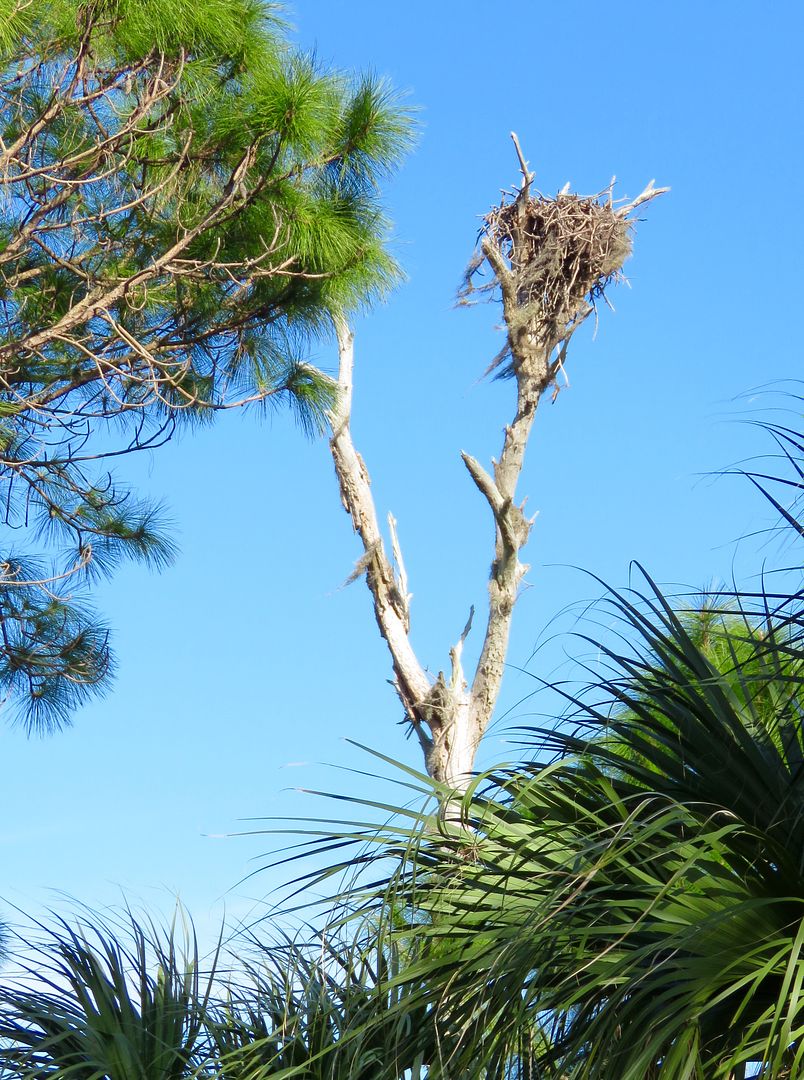
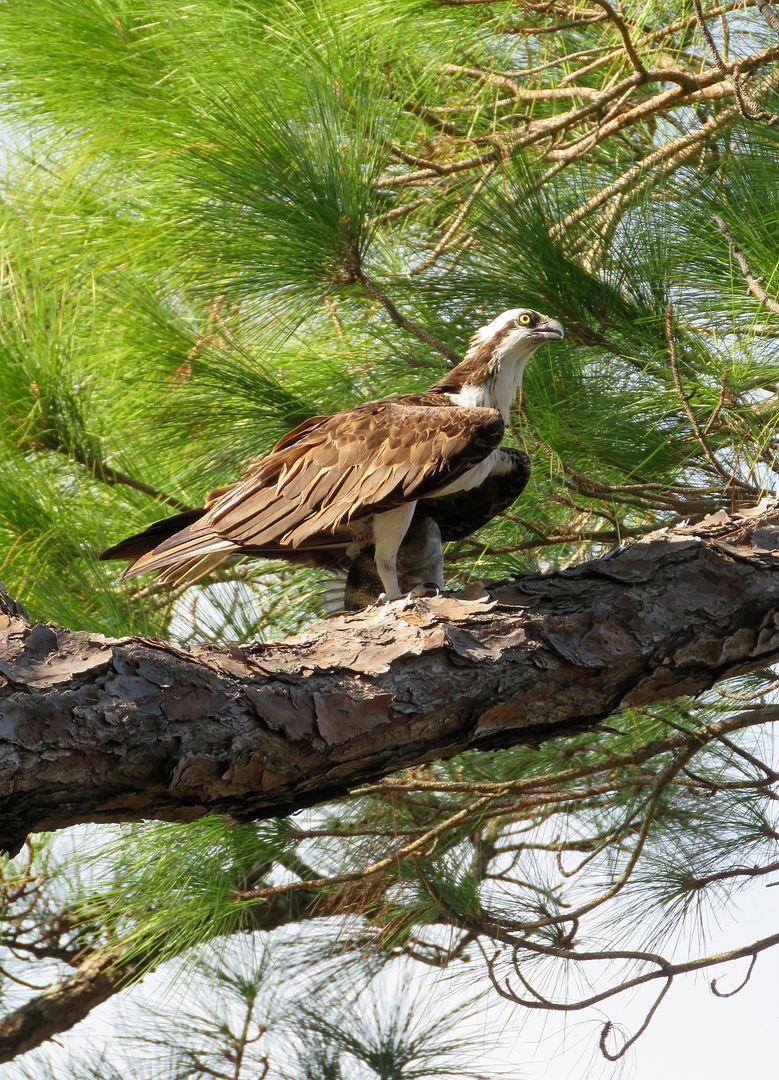
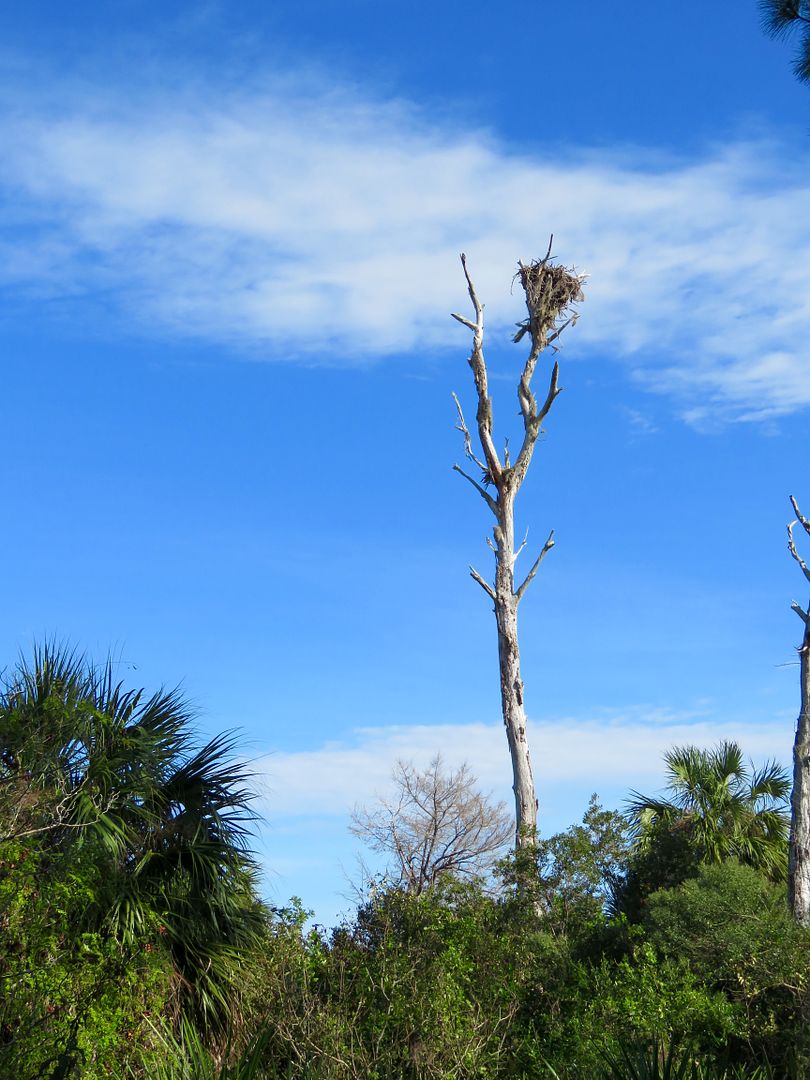
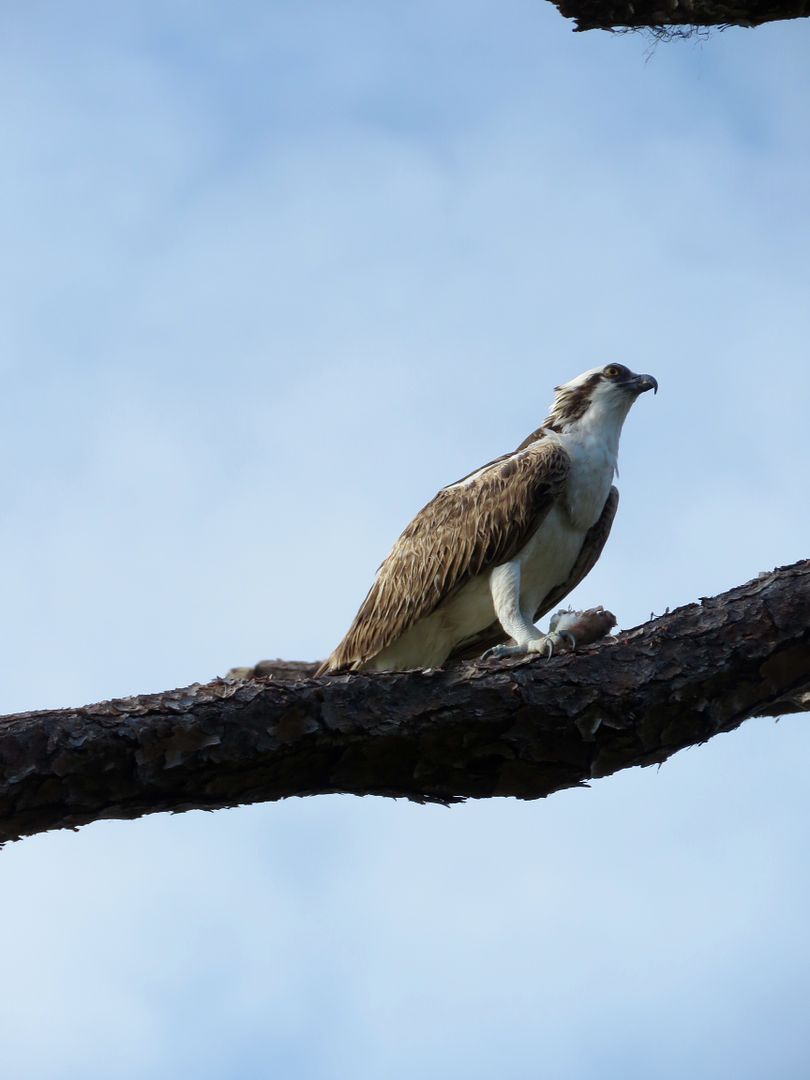

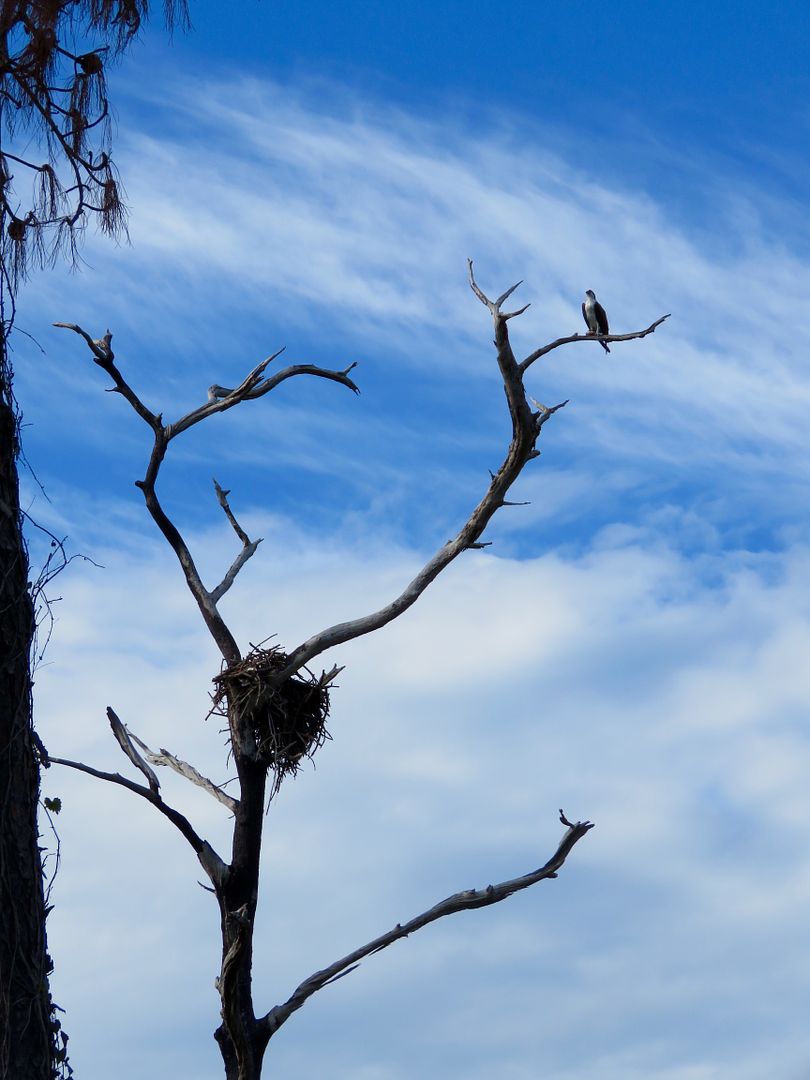
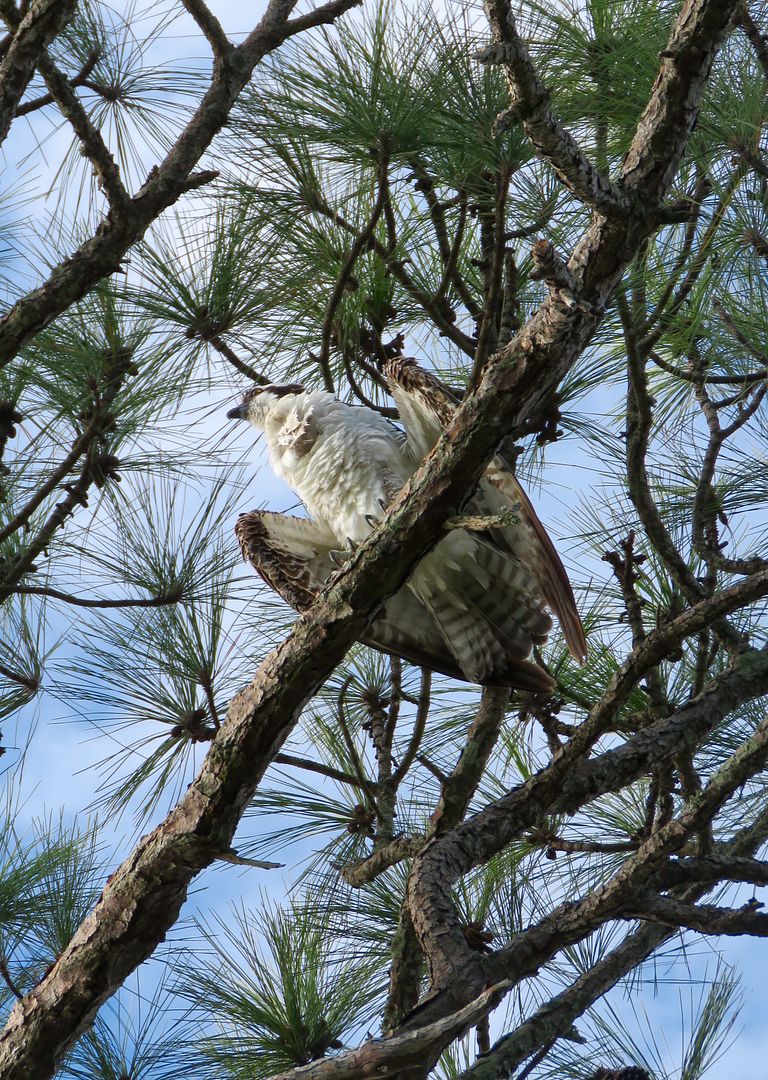

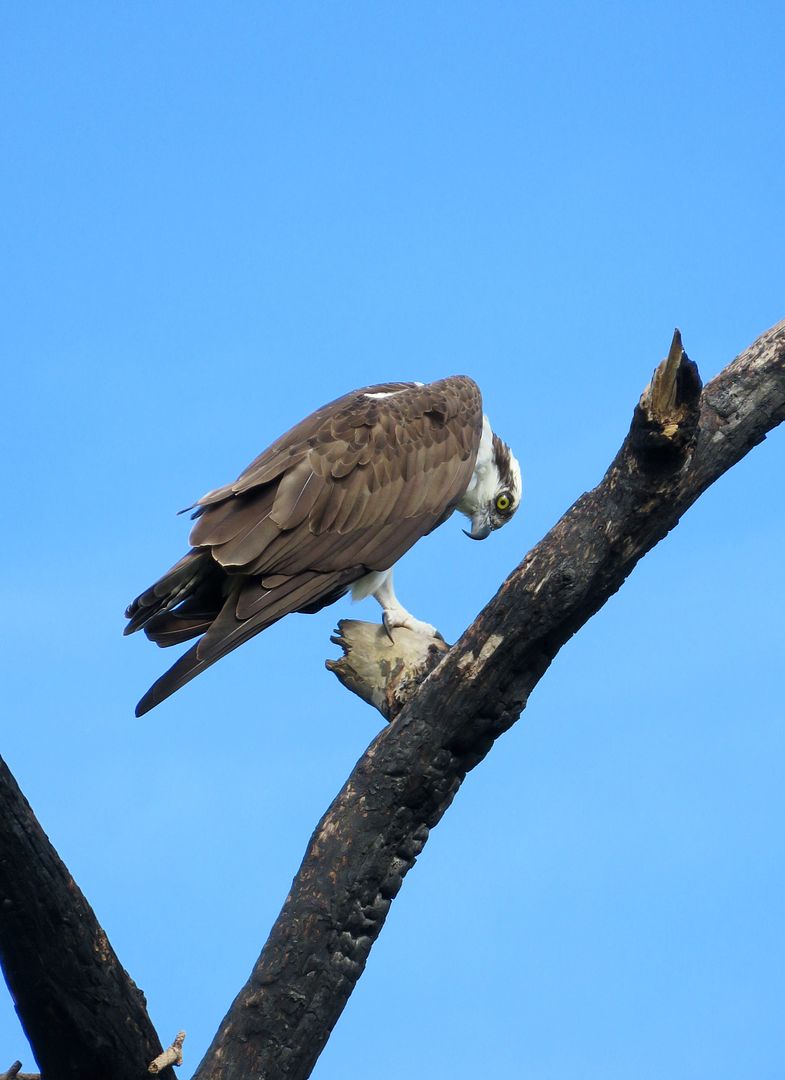

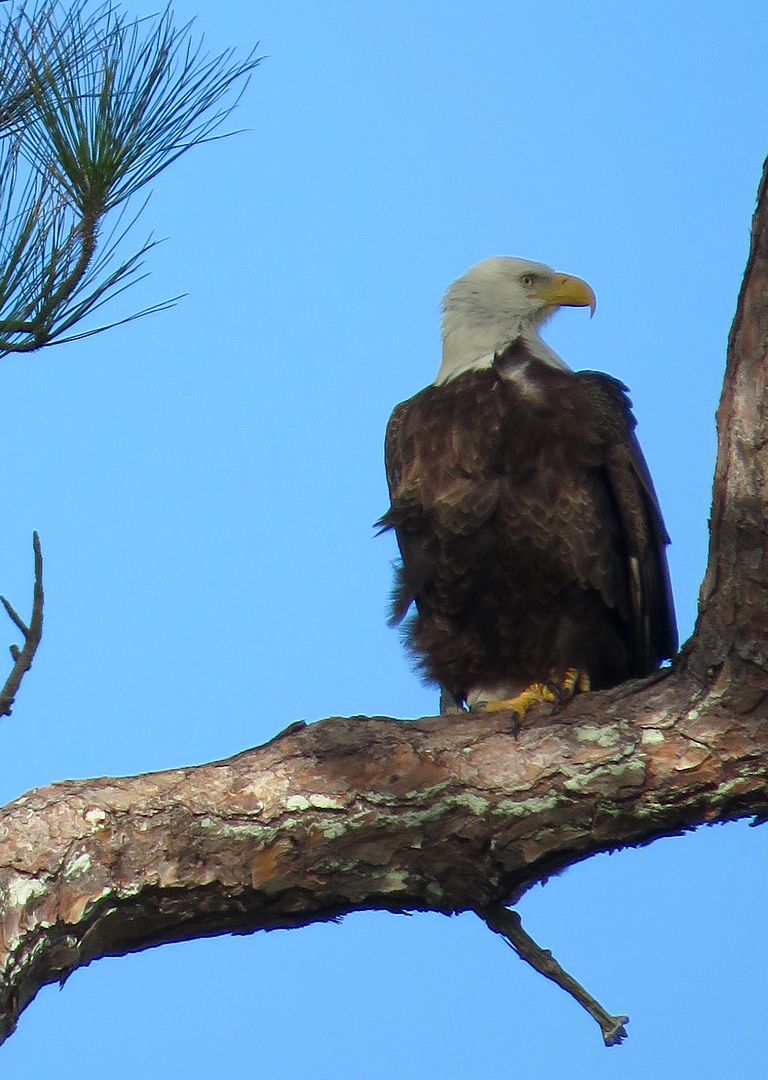
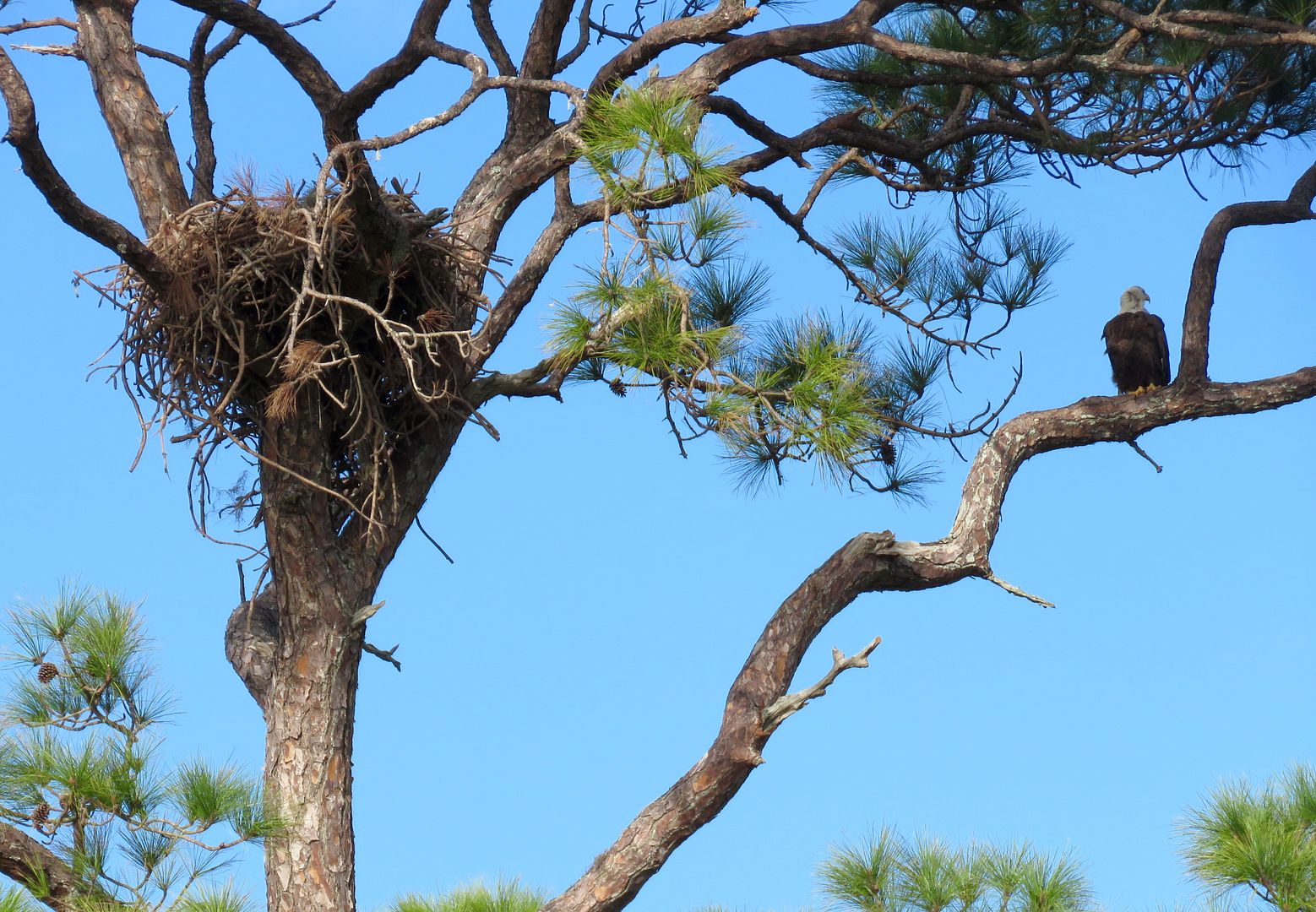
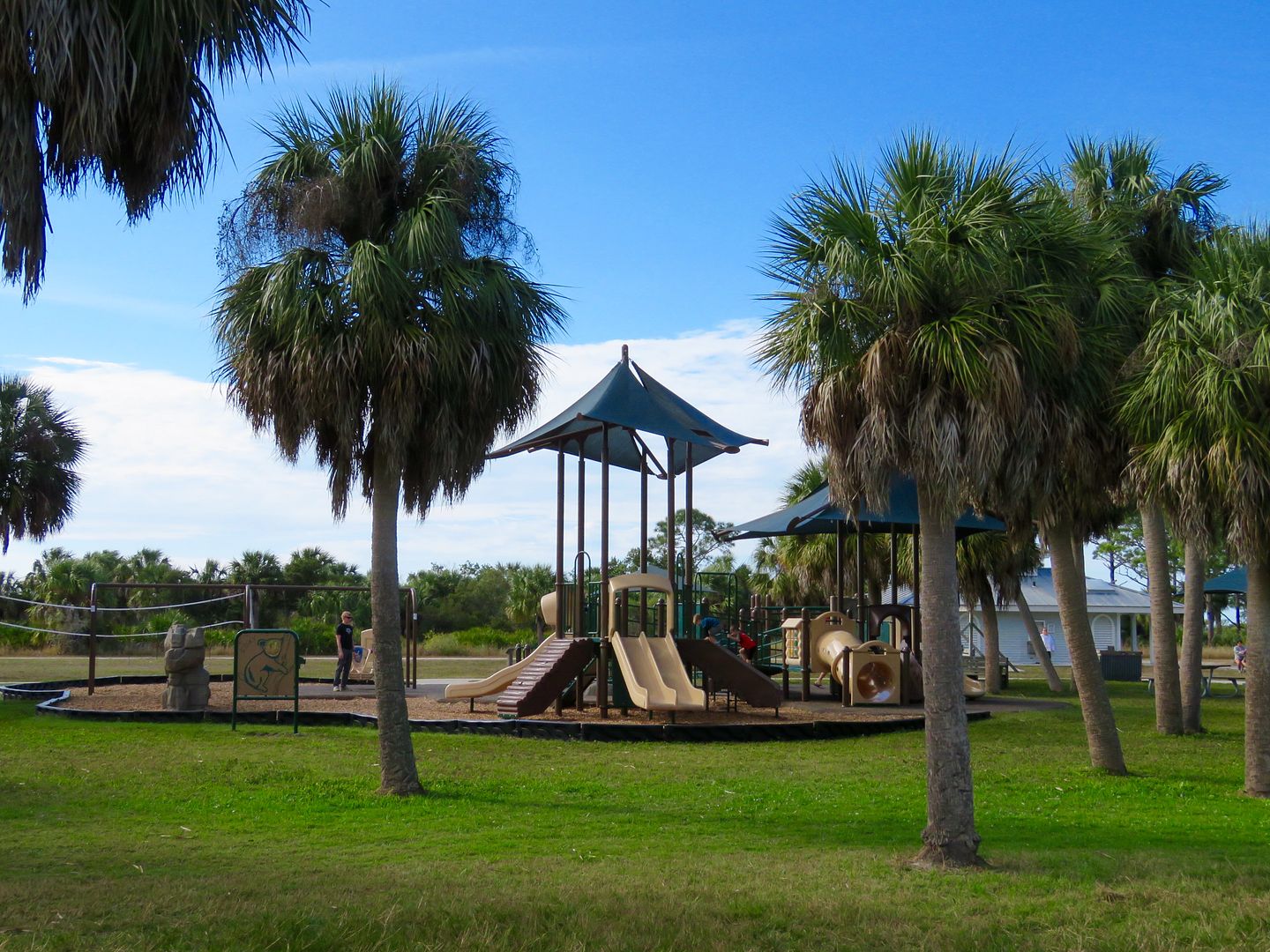
No comments:
Post a Comment